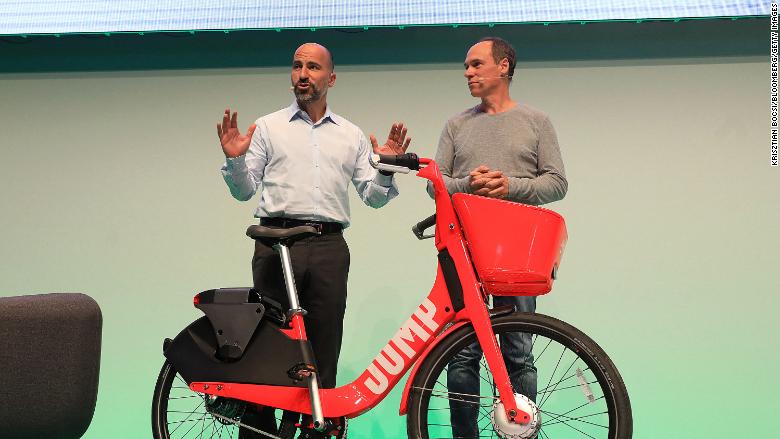Captain Ahab had Moby Dick. Others have spent years, decades, even lifetimes hunting down one obsession or another.
Now, the "target" I'm about to discuss didn't do anything to harm me. In fact, other products made by the company that manufactured my Loch Ness monster, or whatever you want to call it, have actually brought me pleasure, at least while cycling.
The company in question is SunTour. For a time, I didn't want to use derailleurs or freewheels made by any other company. And I once dreamed of building a track bike from Superbe Pro components, which I thought were even better (or at least more beautiful) than even Campagnolo's fixed-gear offerings.
The object of my obsession are really objects, plural. They are parts of a system SunTour introduced in 1969 and, apparently, manufactured only during that year. I have seen references to them in a number of sources, but have never seen the parts in person. In fact, I had never seen images of them--until yesterday.
Well, I came across one component, anyway, on--where else!--eBay:
These "click shift" levers were part of an indexed shifting system SunTour made that year. From the accounts I've read, it worked well, though it didn't sell well and no manufacturer outfitted a new bike with it as original equipment. Although SunTour had patented its slant-pantogram derailleur five years earlier, it did not begin to export its wares until the year before the "click shift" system came out.
Interestingly, SunTour also introduced an hub with an integrated freewheel mechanism--much like today's cassette freehubs--in that same year. It, too, worked well and,like other SunTour products, was well-made. Like the click-shift system, it seems not to have been produced after 1969.

The simple explanation for the "freehub"s or "click shift"s lack of commercial success is that the market wasn't ready to depart from traditional screw-on freewheels or friction shifters. But another reason why those items didn't make much headway is that they predated the '70's North American Bike Boom by a couple of years. As Frank Berto has pointed out in "Sunset for SunTour," Shimano entered the American market in the late 1960s when low-priced American bikes like AMF, Huffy and Murray (which were sold mainly in department stores) were outfitted with Lark and Eagle derailleurs. On the other hand, Sun Tour derailleurs had to wait a few more years, until Japanese bicycle manufacturers like Fuji, Bridgestone and Miyata--adorned with SunTour components--developed an export market in the US and, later, in other countries. By the time those bikes, and lightweight bicycles in general, caught on with American adults, "Click shift" and the intergrated hub were several years out of production.

Ironically, Shimano's appropriation of those innovations--and SunTour's slant parallelogram design (for which the patent expired in 1984)-- would lead to SunTour's demise a decade later. SunTour, in desperation, tried to develop competing systems. But the indexed systems SunTour introduced in 1986 did not work as well as Shimano's and, worse, companies like Schwinn used their old stocks of freewheels, chains and cables, which didn't work very well with SunTour's indexed systems.
One can only wonder how things might be different had all of those Fujis, Miyatas, Nishikis, Panasonics, Centurions and other Japanese bikes had been equipped with SunTour's "Click Shift" and integrated hubs. Or, for that matter,what about those Schwinns, Raleighs, Motobecanes and other bikes that, a few years later, would be sold in the US with SunTour derailleurs and freewheels as original equipment. What if they had "click shift" and integrated hubs? Would those parts have become the de facto standards? Would SunTour have come to dominate the components market the way Shimano has for the past three decades?
(At the time Shimano introduced its SIS and freehub systems, the company was an afterthought in all but the lower price ranges, and their stuff was rarely, if ever, bought as replacement equipment, let alone after-market upgrades.)
Finally, I have to wonder what "retro" and "L'eroica" would mean today. After all, they are both defined, at least in part, by non-indexed shifting systems and screw-on freewheels. Would the concepts of "retro" and "L'eroica" even exist?
Well, I know one thing: I wouldn't have this obsession over parts SunTour made for only one year, in 1969.


















